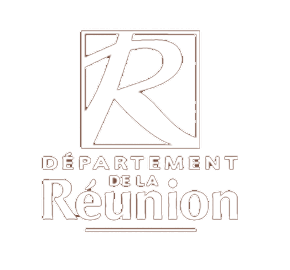An article written by Bernard Leveneur, territorial heritage curator
Maison Rouge is a former rural estate in the south of Reunion (at the time called Bourbon island). As was often the case on the island, the estate gave its name to a neighbourhood in the district of Saint-Louis. The history of the estate reflects the evolution of the plantation economy, from its beginnings up to the 1970s.
Originally belonging to the Desforges-Boucher family, its history follows that of the other estates belonging to the family, who, through the growing of coffee and the production of food crops, applied the economic policies set out by the French East India Company, reflected in the development of the island’s estates.
A yard with a mansion and its outbuildings, situated at the meeting-point between the savannah grassland and the agricultural land, already existed during this period, as did a slave camp or compound.

When the estate was taken over by the Murat family, then by the Hoareau family in the 19th century, coffee gradually gave way to sugar production. This change in agricultural practices, occurring between 1834 (the year when the sugar processing plant was set up) and 1897 (date when the plant ceased functioning) gave the estate an industrial character. During this period, sugar cane determined the daily lives of those living and working on this former colonial estate.
The Bénard family, the last family of notables to own Maison Rouge, maintained the splendour of the estate right up to the death of Fernande Bénard in 1971. The 1970s-1980s saw the estate divided up, with the mansion and the savannah being purchased by the town council to be used for cultural purposes.






